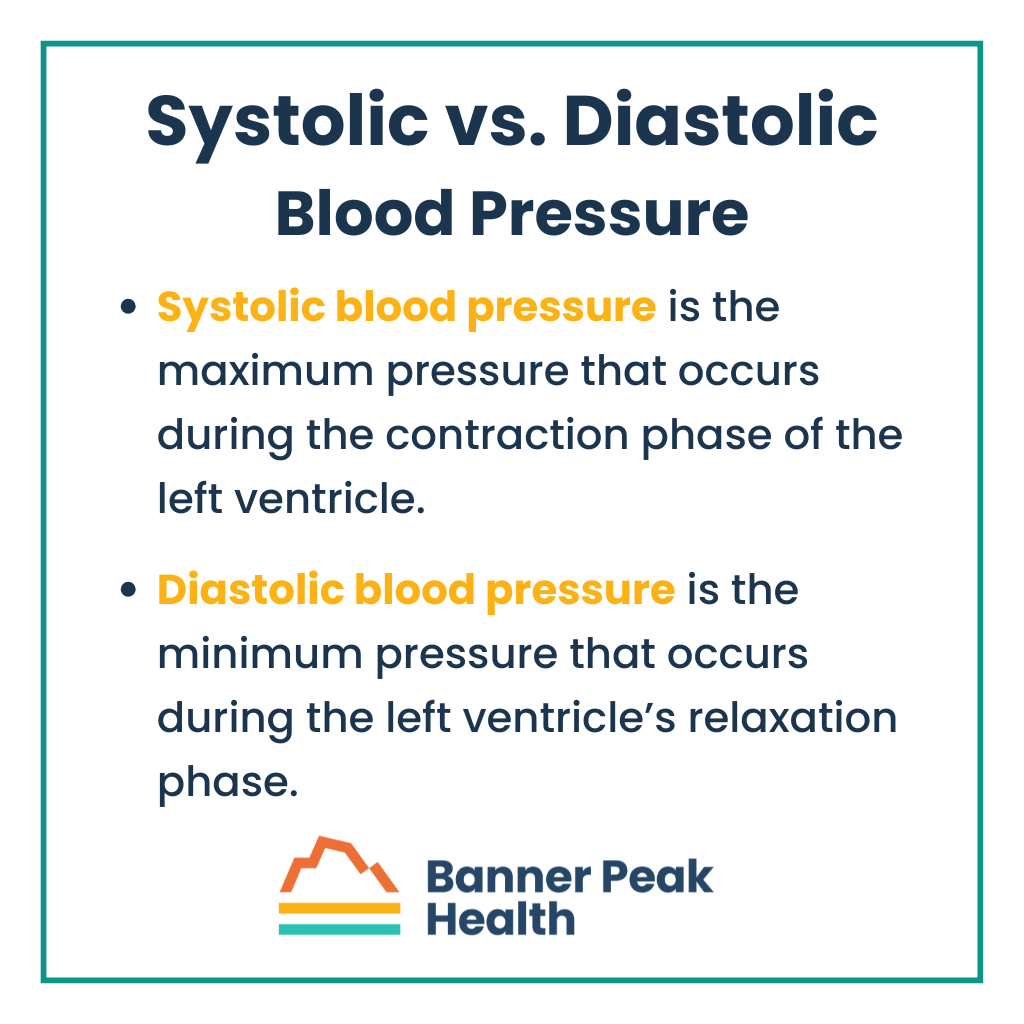You might be curious about your blood pressure. However, it’s not a single measurement because the doctor gives you two numbers. What do those numbers mean?
The top (larger) number is your systolic blood pressure, while the bottom (smaller) number is your diastolic blood pressure.
Do you know how to lower diastolic blood pressure if it’s too high?
 Systolic and Diastolic Blood Pressure
Systolic and Diastolic Blood Pressure
Systolic blood pressure is the maximum pressure that occurs during the contraction phase of the left ventricle, the portion of the heart that pumps blood through the arteries of the body.
Diastolic blood pressure is the minimum pressure that occurs during the left ventricle’s relaxation phase.
Your blood pressure varies according to physiological changes, and readings can change due to sampling and measurement errors. Obtaining an accurate blood pressure reading can be challenging, and normal blood pressure isn’t as straightforward as it seems.
However, knowing your overall blood pressure and whether it tends to run high is important since this indicates many health risks.
High Blood Pressure Causes
Systolic pressure is primarily influenced by the stiffening of the larger arteries. As we age, our arteries have more exposure to illnesses such as high blood pressure, diabetes, and elevated cholesterol that can thicken the artery walls and reduce compliance. (And, yes, high blood pressure can cause further high blood pressure, which is why timely diagnosis and treatment are vital.)
Imagine trying to blow up a balloon. It won’t take as much pressure to blow up a soft, new balloon as it would to blow up a stiff, old balloon.
Your diastolic pressure is measured during relaxation (between heartbeats). The anatomy of the resistance is thought to be slightly different. Diastolic relates to the stiffening of smaller vessels rather than larger vessels. This process can be influenced by stress, alcohol, extra body weight, as well as excess hormone levels of thyroid, cortisol, aldosterone, norepinephrine, and epinephrine.
Whereas systolic and mixed high blood pressure become more common with age, isolated diastolic occurs more often in people under 50 years old.
How to Lower Diastolic Blood Pressure
We consider “high blood pressure” as systolic greater than 130 and diastolic greater than 80.
Often, both systolic and diastolic measurements are elevated. Frequently, only the systolic measurement is elevated, particularly in the elderly. The majority of the time in these cases we cannot identify a particular cause of the elevated blood pressure and treat with medication to lower the blood pressure.
It’s much rarer for someone to have normal systolic but elevated diastolic blood pressure. Isolated diastolic hypertension affects an estimated 6.5% of the U.S. population. However, these cases are more often associated with disease states such as hormonal imbalances that need to be identified and treated rather than just using a medication to lower the blood pressure.
With a doctor’s help, you can lower high diastolic blood pressure by identifying an underlying condition in addition to lifestyle changes and medication.
Today’s Takeaways
Approximately 48.1% of adults in the U.S. have high blood pressure. While extremely common, elevated blood pressure can be dangerous and worsen if left untreated. Please take it seriously.
In the relatively rare event you have isolated diastolic hypertension — a different form of blood pressure — you will need more investigation by your physician to detect and treat an underlying cause, rather than merely taking high blood pressure medication.
But if you’ve been wondering how to lower diastolic blood pressure because yours is too high, it’s time to talk to your doctor.

Barry Rotman, MD
For over 30 years in medicine, Dr. Rotman has dedicated himself to excellence. With patients’ health as his top priority, he opened his own concierge medical practice in 2007 to practice medicine in a way that lets him truly serve their best interests.




